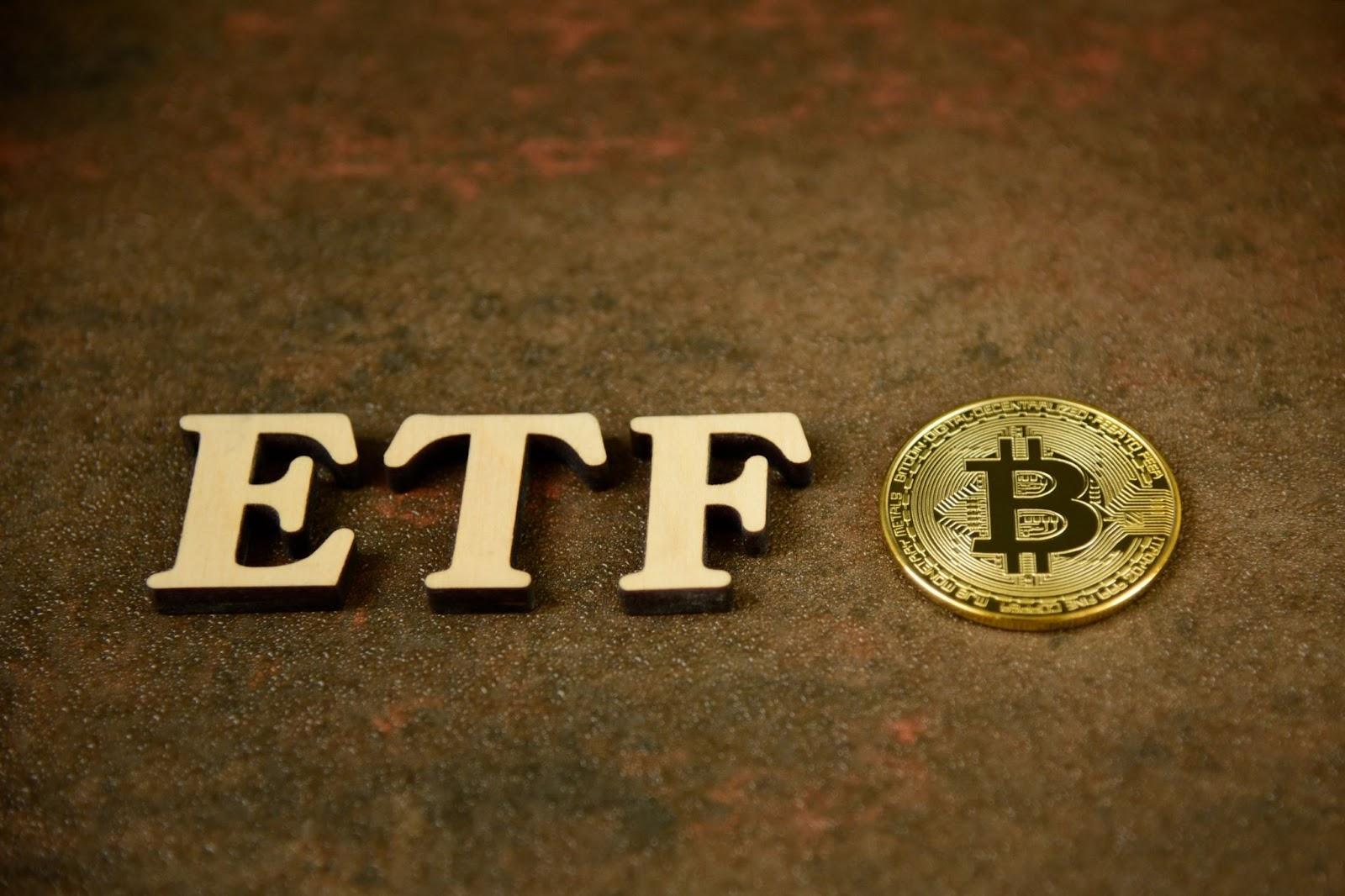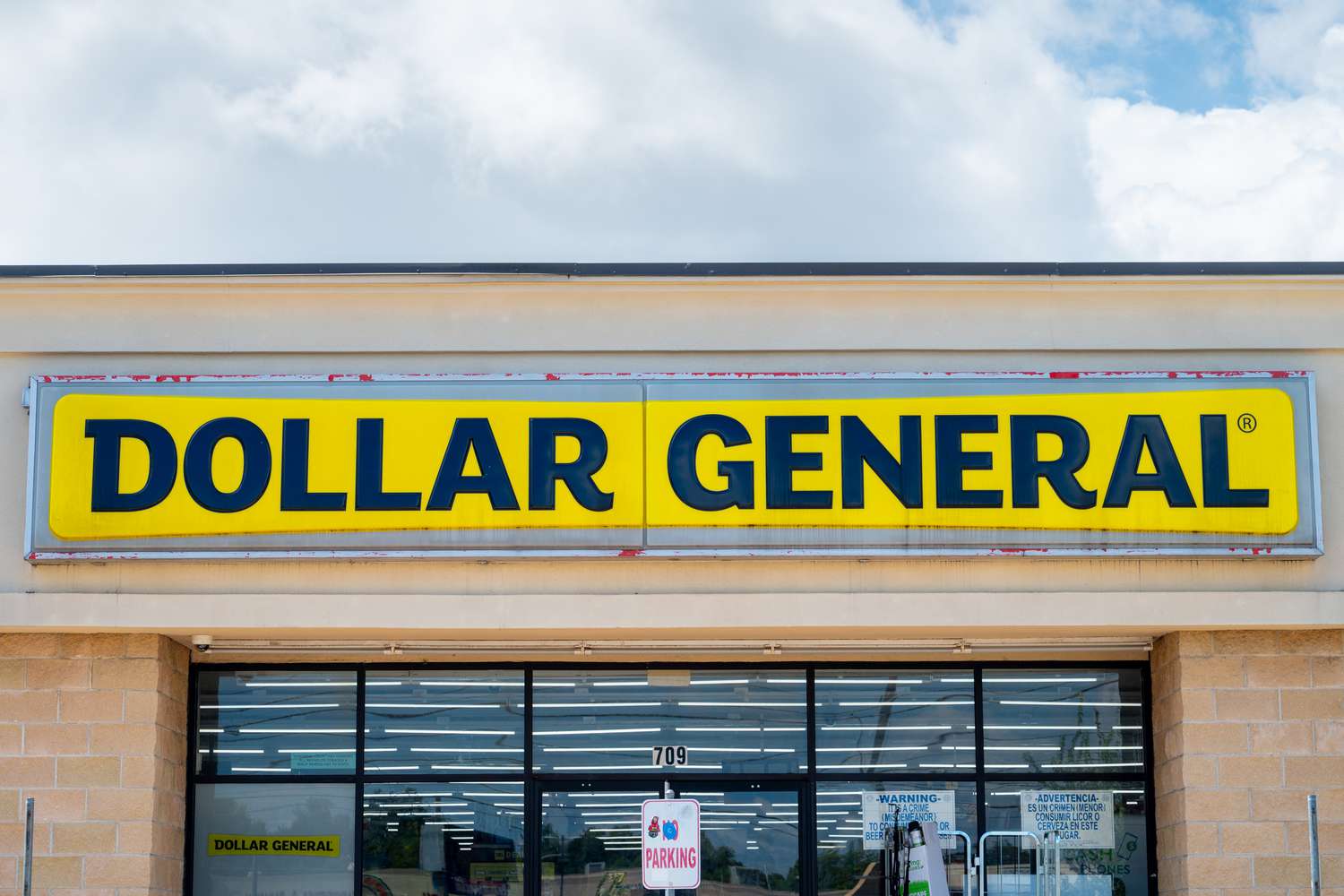For the 210-year period from 1802 to 2012, investment returns in U.S. stocks averaged 6.7% per year.
The excellent returns in stocks came during a time marked by booms, depressions, world wars, stock crashes, amazing innovation, and financial panics.
At that rate of appreciation, you’d double your investment stake (aka “make a 100% return”) in about 11 years… and you’d triple your stake (a 200% return) in about 17 years.
But thanks to a unique type of market event, there are times when entire groups of stocks climb 100% in a year… and 200% – 300% in two years.
These events lead to “warp speed” wealth generation for shareholders.
These unique events aren’t just great for generating awesome short-term results. They create opportunities to lay the foundations of financial empires that last for generations.
When this kind of event occurs, the world’s greatest investors see it as the “Super Bowl” of investing… something you work and train for your whole career… a time to build dynastic wealth and a legendary reputation.
As powerful as this event is, the average joe runs away from it. That marks a critical distinction between naïve investors and wise investors.
In fact, how a person views these events is one of the defining differences between the rich and the poor. The poor are bewildered and angered by these events. The rich see them simply as how the world works… and as the creators of huge opportunities.
What is this event that creates “investment magic”?
A crisis.
A time of great fear, plummeting prices, uncertainty, upheaval, and panic.
A crisis can take many forms. But some traditional things that happen during a financial crisis include: stock market crashes, bear markets, bank runs, mass loan defaults, huge bankruptcies, currency crashes, wars, and incredible swings in asset prices.
Every 5 to 8 years, there’s a major financial crisis somewhere in the world. They can happen in individual countries and specific industries. Or they can be global in scope (like the worldwide financial crisis of 2008).
To the poor, a crisis is something totally new and unexpected. This is because one of the defining characteristics of the poor mentality is a reluctance to study and learn from history. Since the poor have no historical context, a crisis is utterly baffling to them. They act as if each one is the first crisis in human history.
This is why the poor see a financial crisis as a time to panic or simply freeze up… a time to focus on a laundry list of boogiemen who should get the blame. Their familiar targets are speculators, corporate executives, and the government.
The rich, on the other hand, learn to appreciate a good crisis.
They certainly aren’t surprised by them.
After all, even a quick and shallow study of history shows financial panics are a common part of life. It’s just the nature of things.
For example, here’s a short list of crisis events from recent history…
***The worldwide financial crisis of 2008/2009.
***The implosion of the U.S. auto sector in 2008.
***The Nasdaq bubble bursting and subsequent bear market from 2000 – 2002.
***The Greek government debt crisis in the aftermath of the 2008 global financial crisis (2010 – 2016).
***The implosion of Argentina’s economy and subsequent depression from 1998 – 2002.
***The implosion of Russia’s economy and currency in 1998.
***The Mexican economic and currency crisis of 1994.
***The U.S. savings and loan crisis of the late 1980s/early 1990s.
A study of the past 100 years reveals near-constant crisis. In addition to the events above, you have World War I, World War II, the Vietnam War, the 1970s energy crisis, the Great Depression, the 1987 stock crash, and the 1997 Asian financial crisis.
People are capable of great acts of kindness and intelligence, but we’re also capable of great acts of stupidity, dishonesty, and villainy. These ingrained human traits ensure crisis events will always be with us.
And while there’s plenty of blame to go around during a crisis, the wise investors who’s building his financial empire doesn’t spend his time and energy playing the blame game. He’s far too busy with far more important, far more useful things.
He knows a crisis is a unique event that creates unique opportunities.
Here’s why…
About the Only Time You Can Get a Real Bargain
One of the major goals of an investor focused on asset accumulation (one of the most surefire ways to build a financial empire) is to buy assets for less than they are worth. This goes for businesses, resource deposits, real estate properties, bonds, and every other kind of asset.
Put another way, the goal is to buy bargains.
However, finding real bargains is difficult… and you rarely get the opportunity to buy them.
This is because financial markets correctly price most assets the majority of the time. Most of the time, stocks, real estate, bonds, and commodities like gold and oil, trade for approximately what they are worth.
The key words in that last sentence for empire builders are “most of the time.”
Assets trade for what they are worth “most of the time”… not “all of the time.
And there are fortunes to be made from the difference between “most” of the time and “all” of the time.
Mainstream financial books and professors say the market accurately prices assets all of the time. They say people always make rational financial decisions.
This is the basis for an idea universities began promoting in the 1960s. It’s called the “efficient market hypothesis”
The efficient market hypothesis says the financial markets take their cues from rational people who always make rational decisions. So, all those rational people making all those rational decisions always produces rational asset prices.
It sounds clean and orderly. And for years, this was academic gospel. Anyone who said otherwise was attacked by an army of “scholars” who spouted lots of convincing statistics. These academics declared market prices always reflect everything that is known about stocks and bonds. So, trying to “beat” the market was futile.
However, this popular theory is a load of BS.
The academics missed a critical aspect of human nature: People are irrational. People do crazy stuff from time to time. Even rational people do crazy stuff from time to time. It’s just human nature. We’re emotional creatures.
Take World War I, for example. You had the countries of Europe, filled with people who generally just wanted to enjoy life and mind their own business. And then, a small conflict erupted.
That small conflict could have been resolved relatively quickly had rational minds prevailed. Unfortunately, irrational human nature took over.
This resulted in a huge war that killed more than 15 million people. It completely devastated some of the most powerful countries on Earth.
There were lots of men fighting in that war who had no idea who they were fighting or for what reason. They were murdering each other because some king or bureaucrat told them it was the right thing to do. It was total insanity.
Was that a rational decision?
Another example of our irrational nature is our tendency to self-destruct. Destroying your life with alcohol, drugs, or gambling isn’t rational. Punching a brick wall and breaking your hand isn’t rational. Staying with an abusive spouse isn’t rational. Yet, people do those things thing all the time. It’s part of who we are.
So, don’t be surprised when you see people doing crazy, irrational things. Take note, protect your family, and don’t be surprised. If you have a sense of humor and a safe place to stand, you might even get a laugh out of it. Laugh at the absurdity of life.
I want you to be a financial empire builder. And as an empire builder, expect this absurdity to constantly produce financial crises.
A crisis creates massive empire building opportunities because it introduces tremendous amounts of emotion into the financial markets.
A crisis creates panic. When people panic, they dump their ownership stakes in stocks, bonds, real estate, and commodities with little regard to their real values or ability to produce income. They just sell first and ask questions later. This creates huge declines in asset prices and huge volatility.
For example…
***In 2008, the U.S. stock market fell 53%. Crippled by mortgage market losses, banking stocks fell more than 90%.
***From early 1998 to March 2000, the Nasdaq stock index climbed an incredible 219%. But when this bubble popped, the Nasdaq plummeted 78% over the next two and a half years.
***On June 18, 2014, the price of crude oil was $106 a barrel. Just nine months later, the price had declined by 59% to hit $43 per barrel. It eventually fell as much as 73% off its 2014 high. Many oil stocks lost over 75% of their value.
***From their 2000 low to their 2008 high, gold mining stocks, as measured by the Gold Bugs index, climbed 1,300%. After hitting a peak in 2008, gold stocks crashed as much as 70%.
These examples are just from recent times. You also have the stock market crash that accompanied the start of the Great Depression. Stocks lost over 80% of their value. Then there’s the 1987 stock market crash. Stocks lost 22.6% of their value in one day.
Remember, markets are rational most of the time. They price most assets correctly most of the time. But when emotion levels go off the charts–like they do in crashes we listed – emotion completely overwhelms reason.
During a crisis, the price of assets decouples from the value of assets.
This, of course, means if you can keep your head while others are losing theirs, you can buy assets at fire sale prices.
A crisis event is about the only time you get the opportunity to do so. When you buy assets at bargain prices, you set yourself up for huge gains down the road.
For example, the wake of the 2008 credit crisis was a fantastic time to accumulate world-class assets… a fantastic time to lay the foundation of a financial empire.
This period was marked by the bankruptcy of Lehman Brothers, which was the largest corporate bankruptcy in U.S. history. The housing market crashed. The stock market plummeted more than 50% in its worst year since the Great Depression. We were on the verge of a global economic meltdown.
But the world has a funny way of not ending. It turned out that late 2008 and early 2009 was an amazing time to buy business like Apple, Altria (the world’s largest cigarette maker), and Starbucks. Apple tripled in value off its 2009 bottom in less than two years. Altria doubled off its bottom in about two years. Starbucks more than tripled in value off its bottom in about two years.
Commercial real estate, as measured by the large commercial investment fund, iShares Real Estate, also more than doubled off its bottom in just two years. One of the top mining firms in the world and owner of the top shelf Grasberg copper deposit, Freeport-McMoRan, more than tripled off its bottom.
All those assets were deeply depressed because of the mass, emotionally charged selling… because of the pessimism. The crisis created extreme bargains.
Most importantly, those bargains offered the opportunity to make “one decision” empire building moves. When you buy top shelf businesses, resource deposits, and properties at fire sale prices, you often never have to sell them.
Remember, during a financial crisis, essential assets like factories, skyscrapers, mines, oil fields, farms, pipelines, and power plants don’t dry up and blow away. Their physical structures don’t change one bit.
Factories still make things people want to buy.
Farms still produce food people want to buy.
Homes remain structures we can live in.
During a crisis, the only thing that changes about these valuable, lasting assets is who owns them.
The financial markets are like a chess game. During a crisis, the ownership of essential assets moves from weak players to strong players.
For example, during the 2008 panic, the share price of manufacturer 3M fell from $78 per share to $45 per share, a huge 42% decline.
But here’s the thing: 3M was (and still is) one of the world’s elite manufacturing companies. It has a huge suite of valuable brands, intellectual property, distribution contracts, and production facilities.
In addition to its popular sticky notes, 3M makes adhesives, cleaning pads, insulation, and hundreds of other things. It has billions of dollars’ worth of factories and brands.
3M is so good at what it does, that it has increased its dividend paid to shareholders every year for more than 50 years. Less than 50 companies in the world can make that extraordinary claim of consistent profitability and shareholder yield.
During the crisis – when 3M stock fell 42% – 3M’s factories didn’t dry up and blow away. Its super brand names didn’t fall into a black hole. Nothing about 3M’s business changed.
The only thing that changed was who owned the company.
During the crisis, panicked sellers dumped their ownership shares. But asset accumulators with an appreciation for value and quality scooped them up at bargain prices.
Four years after the crisis, 3M shares had more than doubled in value and reached all-time highs. The company continued raising its dividend as well. Investors who bought 3M shares during the crisis were earning an 8% (and growing) dividend in the years that followed.
An Enlightened View of the Market
When you buy a high-quality, super stable income-producing collection of assets like 3M at fire sale prices, you get what could be called an “enlightened” view of economic recessions and market declines. While others worry, you relax.
After all, if you’re earning a safe 8% yield on your share of a world-class collection of assets, do you care if the stock market drops 10% or 20% next year?
Do you care about a 10% decline in home prices or a 30% spike in oil prices?
Not really… unless you get entertainment value out that kind of news. But it certainly won’t affect that part of your empire. You can sleep soundly at night… and be comfortable knowing that no matter what the stock market does, folks are still going to be buying products from your business… and your business will continue paying big dividends.
You know the broad market could decline by 20% and you would still get your 8% yield. They could shut the market down for a year and you’d still get your money.
That’s the peace of mind accumulating assets at bargain prices will give you.
And while we as empire builders are looking to own top shelf assets for decades, it’s worth pointing out that buying during a crisis can lead to huge short-term wealth accumulation. When things are truly bad, you don’t need them to get “good” to make a lot of money quickly. You can make huge money as things go from “terrible” to “less terrible.”
The greatest speculator of all time, George Soros, has a brilliant way of looking at crisis situations. He says, “The worse a situation becomes, the less it takes to turn it around, and the bigger the upside.”
Warren Buffett is one of the world’s greatest practitioners of accumulating assets during times of crisis. Buffett comes off as a grandfatherly “aw, shucks” type of guy, but he’s a master crisis hunter… a master of buying assets during times of despair.
In 1964, Buffett made an incredibly successful purchase of blue-chip credit card firm, American Express, after it was rocked by a crisis. American Express had extended a large amount of loans to a company that was busted for falsifying documents. Its share price fell nearly 50%. Afterwards, Buffett bought the stock. He ended up making a fortune and owning more than 10% of one of the all-time greatest American businesses.
Buffett was also a very active buyer and lender during the 2008 credit crisis. He made a handful of spectacular investments during that time. Buffett is famous for saying that he likes to invest in great companies that have been hit by a one-time huge, but solvable, problem. In other words, he looks to buy great companies after a crisis.
Humans are hardwired to seek the safety of crowds. Fifty thousand years ago, it’s how we survived. But when it comes to accumulating assets and building your empire, you won’t succeed by doing what everyone else is doing. And during a crisis, almost everyone panics and sells. We must fight the natural instinct to run away from the crisis… and instead run toward it.
To repeat a key empire building idea: During a financial crisis, assets like farms, buildings, factories, and railroads don’t vanish into thin air. Nothing about their physical nature changes at all. What changes is who owns those assets.
During times of panic, you can lean on the wisdom of master empire builders, Warren Buffett and Nathan Rothschild. One of the best things Buffett ever said about how to succeed as an investor was, “You want to be greedy when others are fearful, and fearful when others are greedy.” And the legendary financier Nathan Rothschild’s recommendation was, “Buy when there is blood in the streets.”
After all, the price you pay is of critical importance to the empire builder.
Here’s why…
The Critical Importance of Price
It’s a quirk of human nature that has amazed financial advisors and top investors for generations…
When the average guy wants to buy a new car, he’ll spend hours studying his options. He’ll carefully weigh the benefits and prices of each potential purchase. He’ll pit sellers against each other and get them to compete for his business. He’ll dig in his heels and haggle over car features and the price. He’ll do the same with shoes, computers, and houses.
After all, when you buy things, you don’t want to pay stupid prices. You want to pay good prices. You don’t want to overpay and embarrass yourself by getting ripped off.
Yet… when people invest their life savings, the idea of paying a good price is often discarded. The average guy gets excited about a stock story he reads in a magazine… or hears how much his brother-in-law is making in a stock, and he just buys it. He doesn’t pay any attention to the price he is paying or the value he is getting for his investment dollar.
It’s a shame… because a good case can be made that the price you pay is the most important aspect of any asset purchase.
Like many investment concepts, it’s helpful to think of it in terms of real estate…
Let’s say there’s a great house in your neighborhood. It’s an attractive house with good, modern construction and new appliances. It could bring in $24,000 per year in rent. This is the “gross” rental income… or the income you have before subtracting expenses.
If you could buy this house for just $96,000, it would be a good deal. Since $24,000 goes into $96,000 four times, you could get back your purchase price in gross rental income in just four years. In this example, we’d say you’re paying “four times gross rental income.”
Now… let’s say you pay $480,000 for that house. Since $24,000 goes into $480,000 20 times, you would get back your purchase price in gross rental income in 20 years.
In this example, we’d say you’re paying “20 times gross rental income.” Paying $480,000 is obviously not as good a deal as paying just $96,000.
Remember, with this example, we’re talking about buying the same house… and the same amount of rental income.
In one case, you’re paying a good price. You’re getting a good deal. You’ll recoup your investment in gross rental income in just four years. Said another way, your “payback period” is four years.
In the other case, you’re paying a lot more. You’re not getting a good deal. It will take you 20 years just to recoup your investment. Your payback period is five times longer. And it’s all a factor of the price you pay.
Now, did anything about the actual house change? Were the bricks, or windows, or kitchen appliances somehow more or less valuable in either case?
Obviously not. The only thing that changed was the purchase price – one price led to a good deal, the other led to a bad deal.
The house itself didn’t matter. Price mattered.
This concept works the same way when you invest in any business, public or private.
Let’s say a potato chip maker, Premium Snacks, generated $2 million in profit last year.
If you buy Premium Snacks at a market value of $12 million, you’re paying six times earnings. If you buy Premium Snacks at a market value of $40 million, you’re paying 20 times earnings. If you buy Premium Snacks at a market value of $100 million, you’re paying 50 times earnings.
The market is made up of people. And remember, people act crazy from time to time. One month, the market might set the price of Premium Snacks at $6 million. The next month, it might set the price of Premium Snacks at $8 million or $10 million.
We know that sounds like a wide range of prices, but you see these ranges in the stock market all the time. People are willing to pay different prices for different businesses at different times.
The amount people are willing to pay for a company’s earnings is often called the “price-to-earnings multiple,” or simply “the multiple.”
In this example, it’s a much, much better deal to buy shares of Premium Snacks when the market is valuing it at $12 million – or at a price-to-earnings multiple of 6 – instead of buying shares when it is valued at $100 million – or a price-to-earnings multiple of 50. You get more value for your investment dollar. You’re buying shares in a cash-producing enterprise for a lot less.
Our goal as empire builders is buying assets at bargain prices… and avoid buying assets at bloated, expensive prices.
It’s vitally important to know that buying a stake in a great business can turn out to be a terrible move if you pay the wrong price.
Let’s go back to Premium Snacks. It has a good brand and good profit margins. It’s steadily growing. And remember, it does $2 million in annual profit.
If you buy an ownership stake in Premium Snacks at a market value of $200 million, you’re paying 100 times earnings. This is an extremely expensive price. Your only shot at making money in this example is if someone else comes along and is willing to pay an even crazier price than you did.
While this “waiting for a greater fool” approach can work occasionally, it’s generally a losing strategy. The typical investor will never be able to make it work.
What often happens is that the company keeps doing well, but the multiple that people are willing to pay returns to more normal levels.
In a case like this, the company can keep increasing its profits, but the share price will plummet. It can fall 50% or 75%.
We know this sounds extreme, but it’s exactly what happened during and after the 1999 and 2000 market peak.
Back then, good companies with solid future prospects – like Wal-Mart and Microsoft – traded for 50, 60, even 90 times earnings. People who purchased shares back then paid nosebleed prices. They had stock market bubble fever. They didn’t focus on getting good value for their investment dollars.
Because many stocks with good business models were so overvalued, their share prices crashed in 2000 and went nowhere for years. The underlying businesses were still sound. The businesses were still growing and producing profits. But the stock prices got so out of whack that investors who overpaid suffered horribly. It took a long time for the stocks to “work off” their extremely overvalued states.
For example, in 1999, Wal-Mart traded for more than 50 times earnings. It spent more than a decade “working off” that overvaluation. Folks who bought Wal-Mart back in 1999 didn’t make any money for more than a decade. The company did fine… but shareholders who bought the stock at stupid prices suffered for a long time.
If you can buy a great business for 10 times earnings, it’s a good deal. But if you pay 30 or 50 times earnings for it, you’re bound to be disappointed.
This concept is so important we’ll state it again: If you overpay, you can buy a great company and make a terrible investment.
One the other hand, you can make money in a poor business if you pay a bargain price.
Let’s say Superior Foods is barely profitable and has a market value of $4 million. It makes just $100,000 a year. Competitors like Premium Snacks are doing a better job of serving potential customers… so Superior’s sales are declining.
But let’s also say that the company sits on a valuable piece of real estate, which it owns free and clear. You know the piece of property could easily sell for $3 million… maybe even $4 million.
You could buy an ownership stake in Superior, knowing full well the business is in decline and could even stop making money. But if you buy shares while the market values the company at $2 million, you could make great money if they close the business and sell the real estate for at least $3 million.
In this example, you could make money in a bad business by paying a bargain price. Again, it all comes down to the price you pay.
If you’re buying a business with the aim of collecting dividends, the price you pay is a huge deal.
Let’s go back to Premium Snacks. It’s a great business that pays a very stable dividend. It has raised its dividend every year for 23 consecutive years. Its current annual dividend is $1 per share.
If you buy Premium at $20 per share, your dividend yield will be 5%.
If you buy Premium at $30 per share, your dividend yield will be 3.3%.
If you buy Premium at $36 per share, your dividend yield will be 2.8%.
If you buy Premium at $100 per share, your dividend yield will be just 1%.
As the price you pay goes up, the yield on your investment goes down.
Obviously, you want to pay lower prices and earn higher yields.
The situation is the same when buying bonds (aka “making loans”). Bonds pay fixed-income payments. But like stocks, the price of bonds can fluctuate.
For example, let’s say a bond is issued at a price of $1,000 and pays 5% in annual interest. That’s $50 in annual interest.
If investors lose faith in the company that issues the bond, the bond price could fall to $700. But the bond’s annual interest payment would remain $50 per year. In this case, the buyer of the bond who pays $700 would earn about 7.1% in annual interest.
The amount of interest you earn on your capital is all a function of the price you pay.
The key takeaway is that we must view our stock, bond, real estate, and natural resource purchases just like we would view buying a house, car, phone, or groceries. Don’t be a sucker and overpay.
Price is what separates the good deals from the bad.
Make sure you get good value for your investment dollar. Hunt for bargains.
You wouldn’t pay $50 for a gallon of milk, would you?
So why pay absurd prices for your investments?
Learn to appreciate a good crisis… and hunt for bargains.
Next, I’ll explain why asset allocation is much more important than stock picking.
Regards,
Brian

















